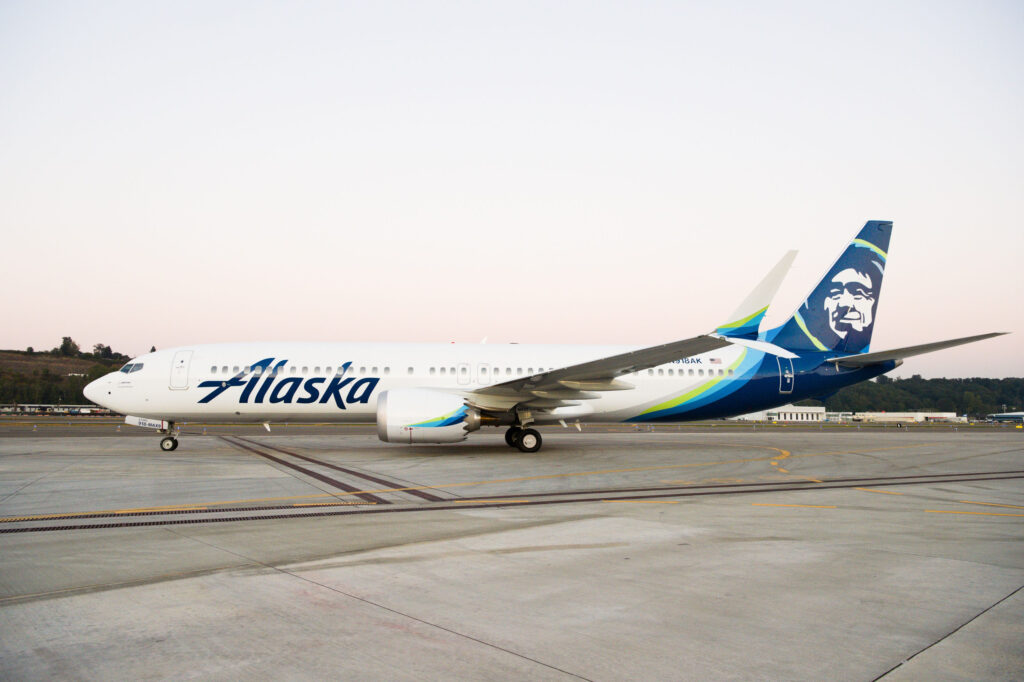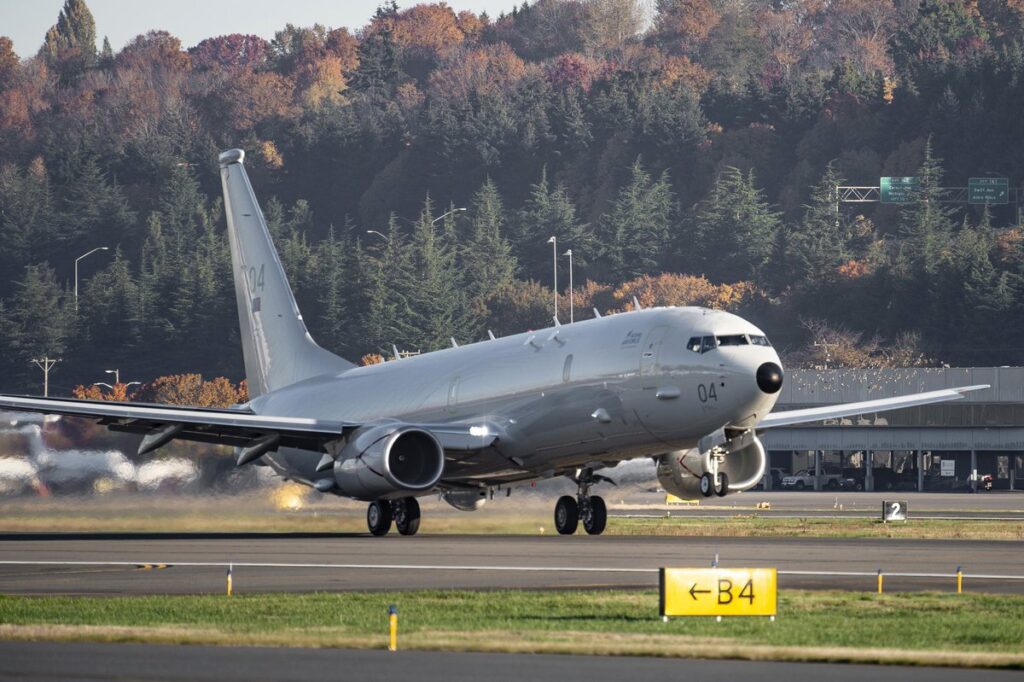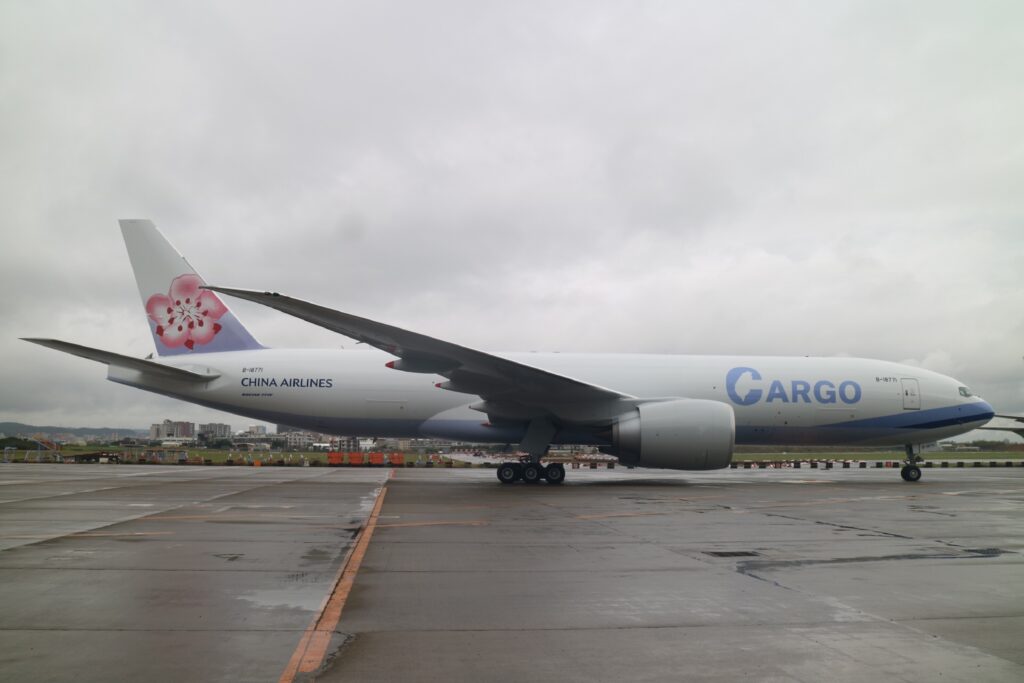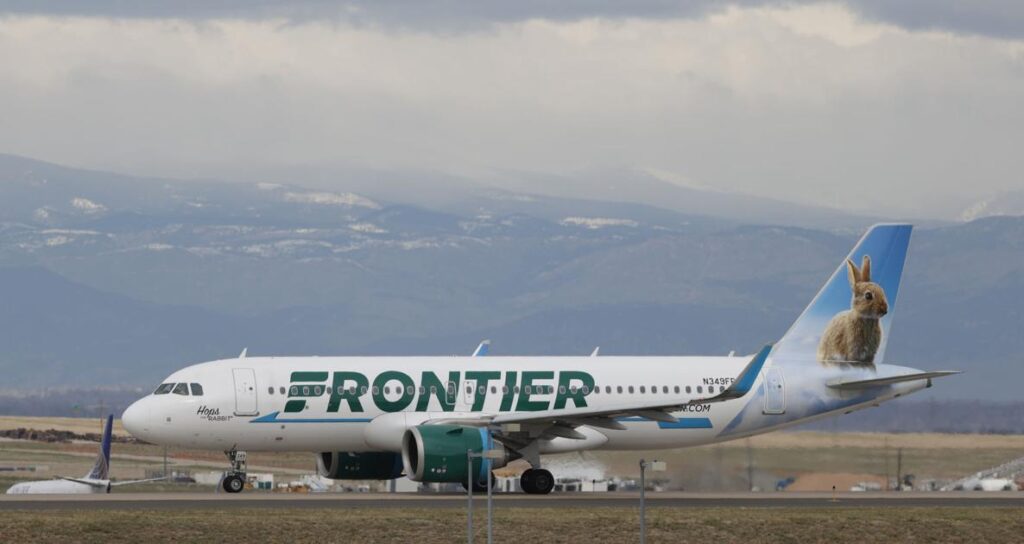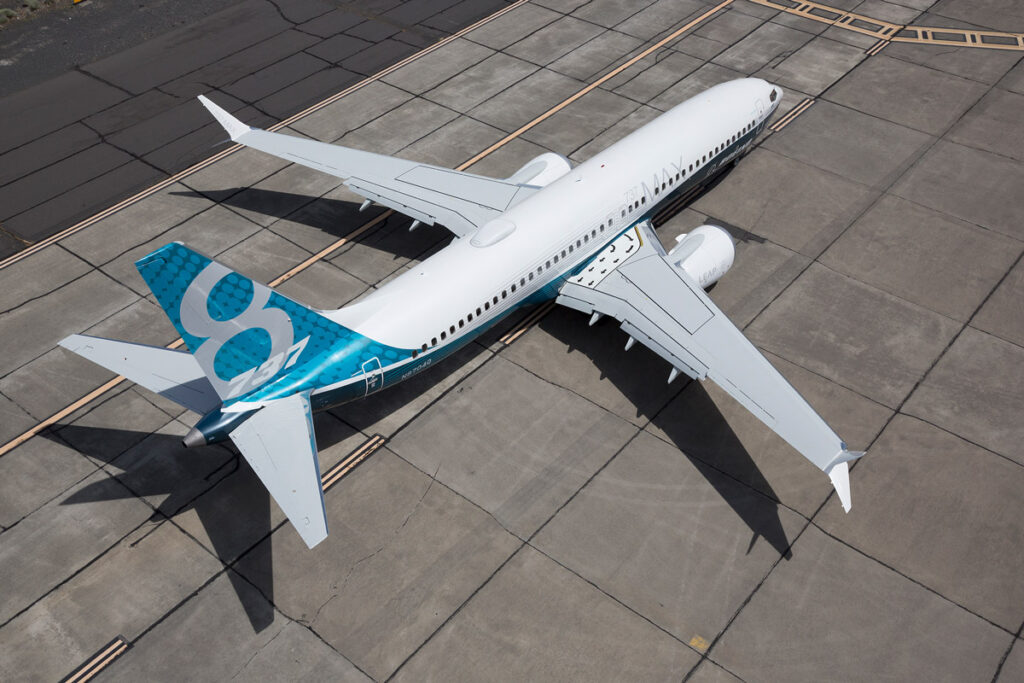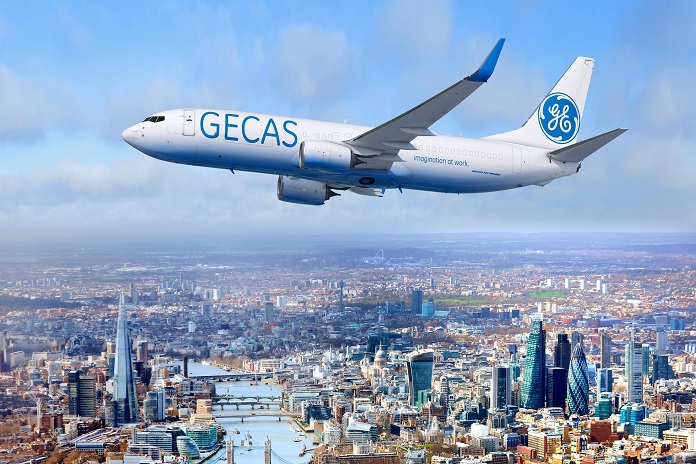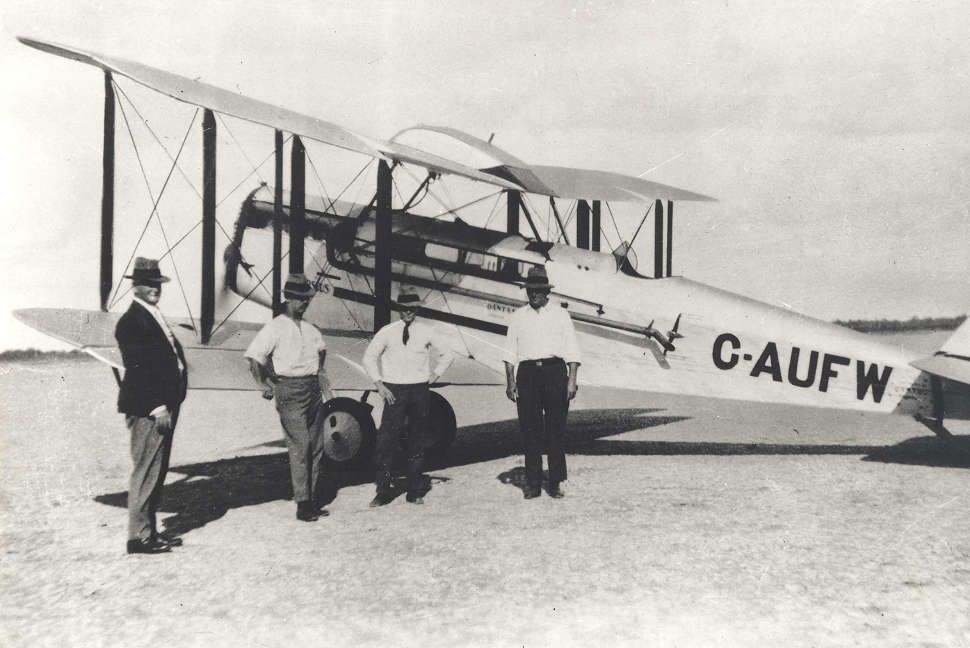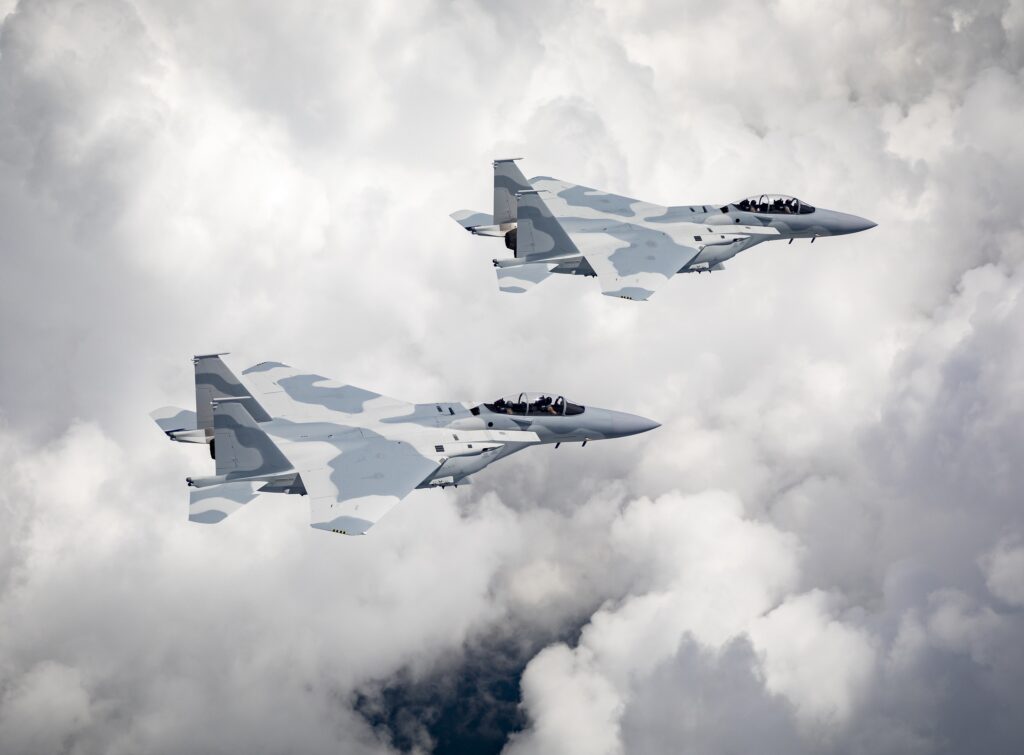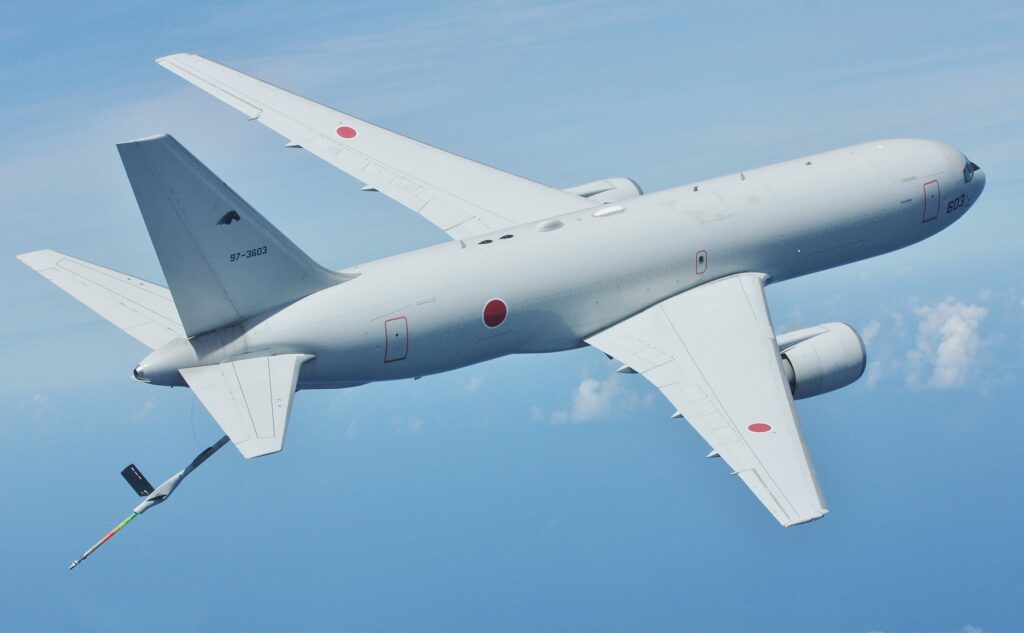Alaska Airlines Boosts 737 MAX Orders and Options to 120 Jets
Boeing [NYSE: BA] and Alaska Airlines [NYSE: ALK] announced that the carrier is buying 23 more 737-9 airplanes, building on its original order and an agreement last month to acquire new 737-9s through lease. The…
